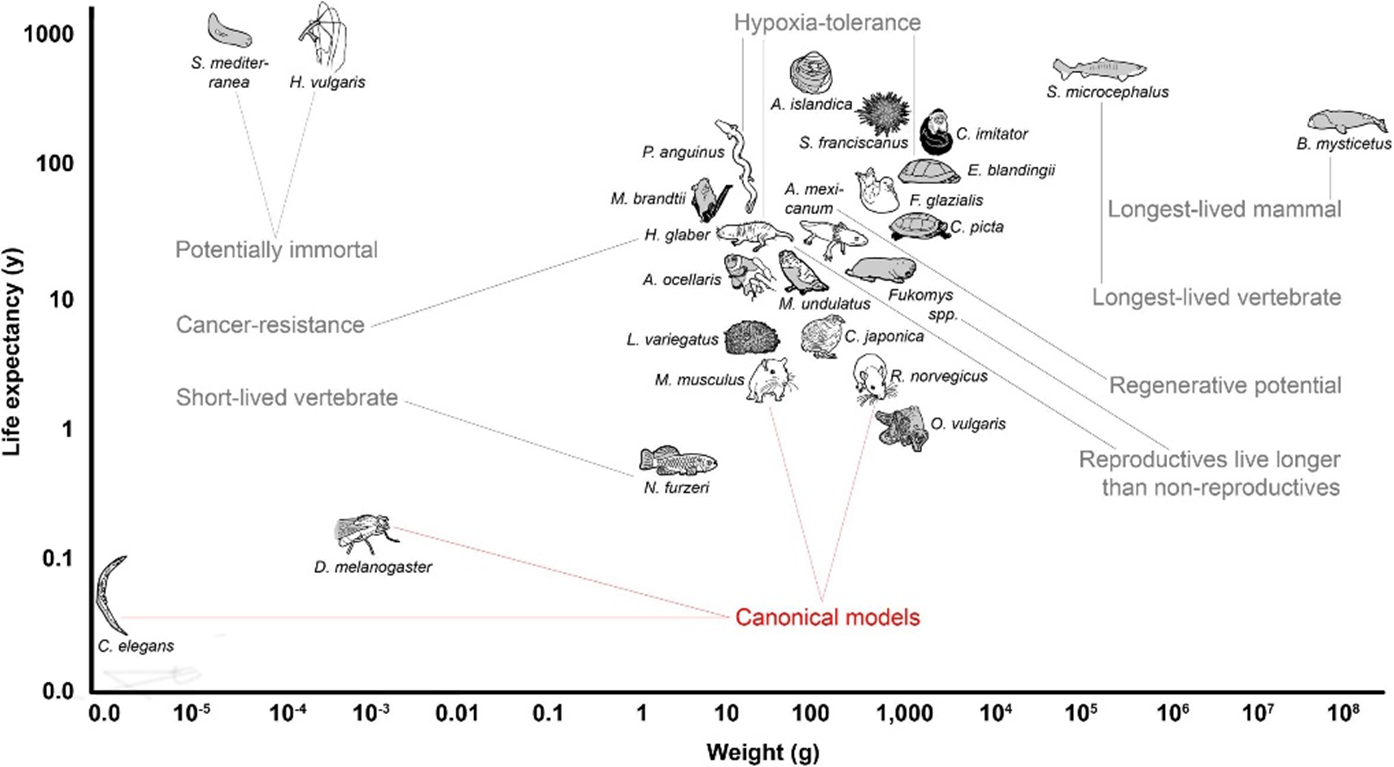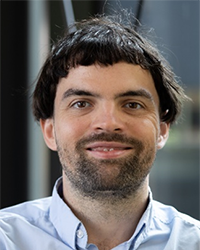The working group was recently established between the Leibniz Institute for Environmental Medicine Research (IUF) in Düsseldorf and the Ruhr University Bochum.
As bioinformaticians, we work closely with different zoological research groups that maintain alternative model organisms. Complementing our data analyses, we are developing new tools and methods such as pipelines for genome-wide detection of positively selected genes as well as and models to study epigenomic evolution.
In the future, we plan to use our evolutionary models to find out which genetic and epigenetic adaptations allow certain species to withstand extreme environmental stresses. For example, naked mole-rats can tolerate carbon dioxide concentrations that would kill both closely related species and humans.
In addition, we aim to decipher how environmental toxins, e.g., particles, radiation or chemicals, accelerate the aging process at the molecular level and promote the development of associated diseases. To this end, we will investigate samples from cell cultures and animal models, as well as from humans who have been exposed to air pollution, neurotoxins or radiation using multi-omics methods.

In the past, the newly appointed junior professor used multi-omics approaches to examine so called alternative animal models of aging research. These are species that display exceptional lifespans often in combination with other interesting aging traits. We analyzed, e.g., samples both from very short-lived organisms, such as Nothobranchius killifishes as well as from long-lived ones, such as clownfishes and even non-aging species like Hydra. Taking an evolutionary perspective, we often compared the genomes, epigenomes, and transcriptomes of these alternative animal models with those of closely related species that do not exhibit such extreme aging traits. A special focus is on mole-rat species such as the naked mole-rat. These animals not only live to an exceptional age for rodents, with lifespans of more than 30 years, but also almost never develop cancer. In addition, aging rates and lifespans vary strongly depending on social and reproductive status within the respective colony.

Jun.-Prof. Dr. A. Sahm
Ruhr University Bochum
Universitätsstr. 150
Building ND 03/34
44801 Bochum
Email
Telefon: +49 234 32 27936